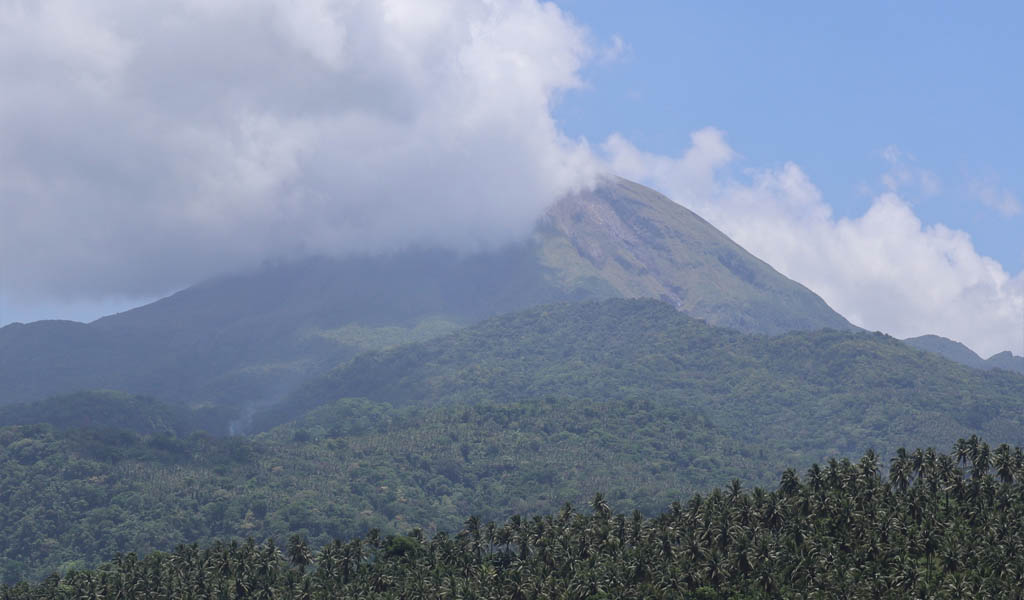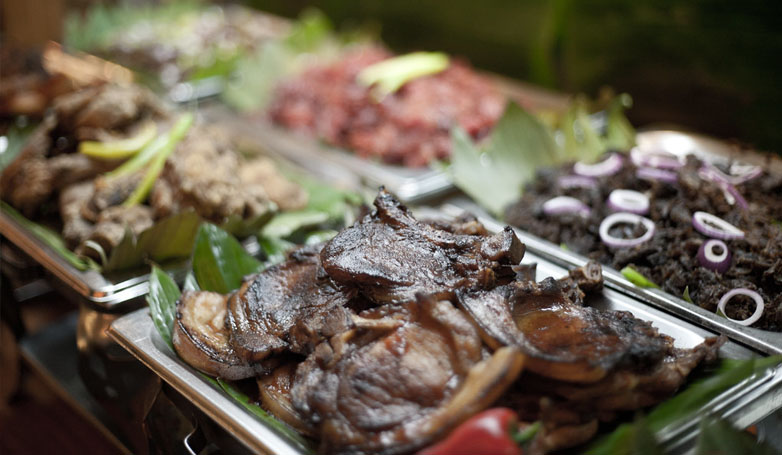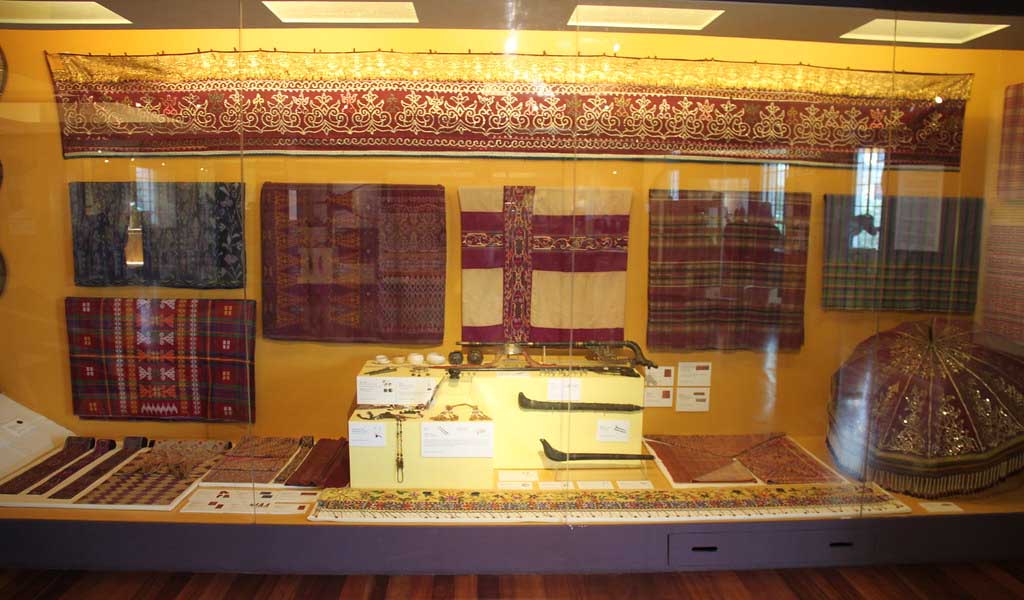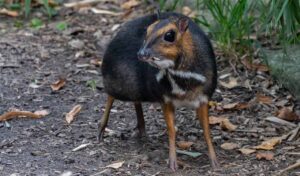A Journey to Its Active Volcanoes in Mindanao
Mindanao, the southern gem of the Philippine archipelago, is known for its rich cultures and splendid landscapes—it’s also home to some of the most awe-inspiring and enigmatic active volcanoes. These geological powerhouses not only shape the land but also tell tales of Earth’s fiery interior that fascinates and terrifies simultaneously. For thrill-seekers, adventurers, and nature enthusiasts alike, discovering the active volcanoes in Mindanao is an adventure like no other. In this listicle, we embark on a journey to unveil the top active volcanoes in this region, exploring their histories, activities, and the enchanting allure they hold.
The Mighty Mount Apo – King of Philippine Peaks

Towering at 2,954 meters above sea level, Mount Apo is not only the tallest mountain in the Philippines but also an active volcano that holds significant geological and cultural importance. Located on the island of Mindanao, this majestic peak is a prominent part of the Davao Region’s landscape, offering a striking contrast to lush forests and rugged terrain. Known as the “King of Philippine Peaks,” Mount Apo is home to diverse flora and fauna, including the critically endangered Philippine Eagle.
While its last recorded eruption is uncertain, its volcanic nature is evident in its sulfuric vents and geothermal activity, particularly around its summit. For many local tribes, such as the Bagobo, Mount Apo is a sacred ground, steeped in myth and reverence. Its trails attract mountaineers and nature enthusiasts from around the globe, providing breathtaking views and challenging climbs that highlight its formidable yet awe-inspiring presence.
Hibok-Hibok Volcano – Camiguin’s Crowning Jewel
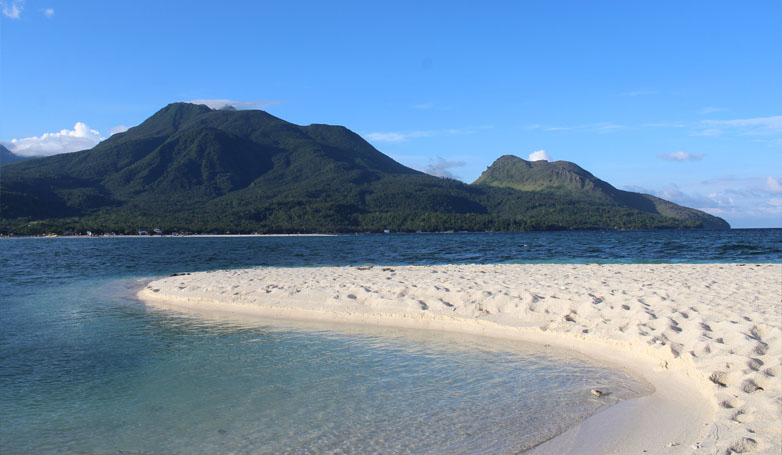
Hibok-Hibok Volcano, also known as Catarman Volcano, stands as the defining feature of the picturesque island of Camiguin, often referred to as the “Island Born of Fire.” Rising to an elevation of 1,332 meters, this active stratovolcano is a testament to the island’s dynamic geological history, having shaped much of its landscape through past eruptions. Its most notable activity occurred in 1951, when a major eruption transformed the island and displaced thousands of residents.
Today, Hibok-Hibok is a popular destination for adventurers, offering lush trails that lead to its summit, where breathtaking views of Camiguin and the surrounding seas await. Its fertile slopes, nurtured by volcanic soil, also sustain rich biodiversity, making it a treasure trove for nature lovers. Despite its past volatility, Hibok-Hibok now serves as a symbol of Camiguin’s resilience and natural beauty.
Mount Matutum – A Floral Sanctuary Amongst Flames
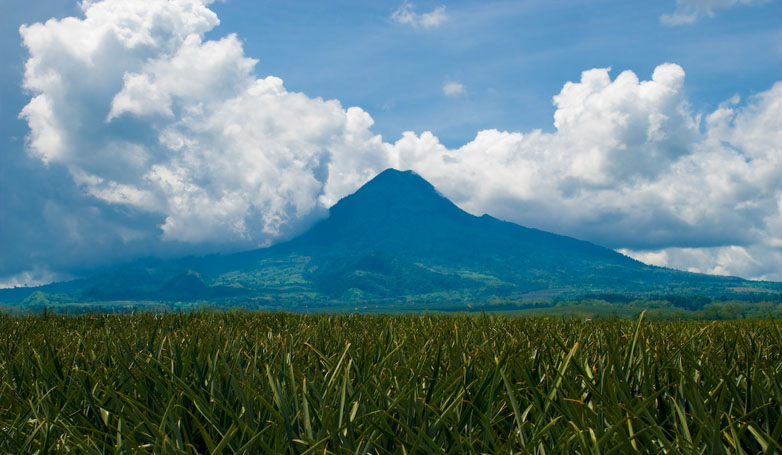
Nestled in South Cotabato, Mount Matutum is a dormant stratovolcano renowned for its striking cone-shaped peak and its lush biodiversity, earning it a reputation as a floral sanctuary. Standing at 2,286 meters above sea level, this volcanic wonder is part of the Pacific Ring of Fire but has remained dormant since its last eruption thousands of years ago. Its fertile volcanic soil supports a diverse range of flora and fauna, including orchids, ferns, and various endemic species, making it a haven for environmentalists and nature enthusiasts.
Declared a protected landscape, Mount Matutum is also a vital watershed area that supplies water to nearby communities. Hikers who venture to its summit are rewarded with panoramic views of Mindanao’s breathtaking landscapes and the chance to immerse themselves in its tranquil, forested trails. Revered by local tribes, Mount Matutum is more than a geological marvel; it is a symbol of life, growth, and harmony amidst a history of fiery origins.
Mount Parker – The Tranquil But Unpredictable Giant
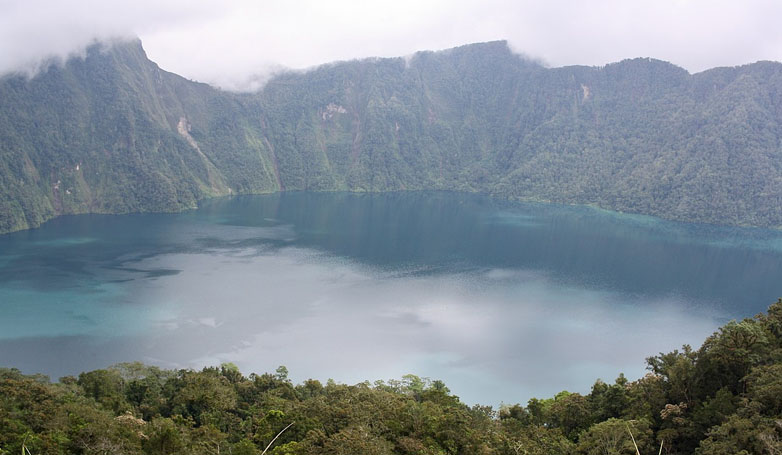
Mount Parker, also known as Melibengoy, is a stratovolcano in South Cotabato that captivates with its serene beauty while holding an air of unpredictability beneath its calm exterior. Rising to 1,824 meters above sea level, this volcano is most famous for Lake Holon, a stunning crater lake nestled within its summit, often described as one of the cleanest inland bodies of water in the Philippines. Despite its tranquil appearance, Mount Parker has a history of activity, with its last recorded eruption in 1641 causing significant changes to its landscape.
Today, it is a destination for adventurers and eco-tourists seeking the peaceful allure of Lake Holon, coupled with the challenge of trekking through its lush forests. For the indigenous Tboli people, the volcano and its lake hold sacred significance, believed to be a gift from their ancestors. Mount Parker stands as a reminder of nature’s duality—its capacity for serenity and its potential for sudden transformation.
Mount Bulusan – The Unpredictable Spirt of Sorsogon
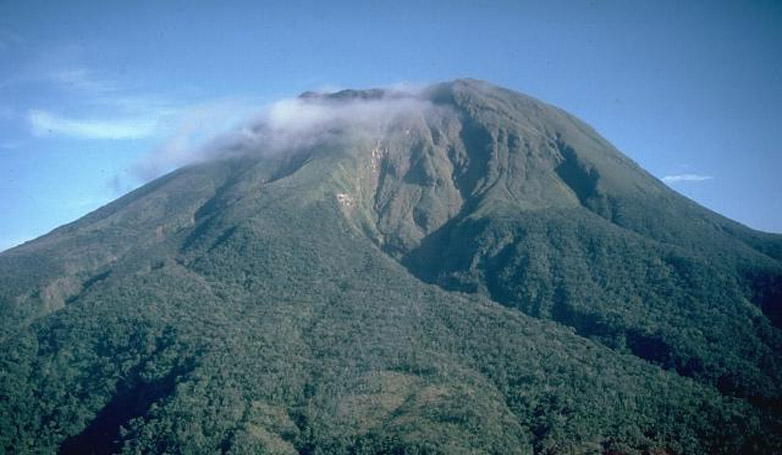
Mount Bulusan, a majestic yet volatile stratovolcano in Sorsogon province, embodies the dynamic and unpredictable nature of the Bicol Region. Rising to an elevation of 1,565 meters, this active volcano is a prominent feature of the Philippine landscape, known for its frequent eruptions and geothermal activity. Despite its fiery temperament, Mount Bulusan is surrounded by lush forests that form part of the Bulusan Volcano Natural Park, a protected area rich in biodiversity, including endemic plant and animal species.
The park also features pristine lakes, such as Lake Bulusan, which offer serene settings in stark contrast to the volcano’s restless character. For adventurers, its trails provide a challenging yet rewarding experience, with panoramic views of Sorsogon’s rolling hills and coastlines. Revered and respected by locals, Mount Bulusan serves as both a source of awe and a reminder of the powerful forces shaping the Philippine archipelago.
Essential Travel Tips for Trekking Active Volcanoes in Mindanao
Strap on Your Boots – Preparing for Your Volcanic Adventure in Mindanao

Excitement is brewing as you plan your journey to the active volcanoes of Mindanao, but before you embark, proper planning and preparation are key. From sturdy hiking boots to securing permits, every detail counts. Ensure you’re well-equipped with reliable gear and gather all necessary information about your volcanic destination.
Get the Green Light – Securing Permits and Clearances
Many active volcanoes are protected areas, and trekking may require permits from local authorities or park management. Start your trip on the right foot by securing these documents well in advance to avoid any last-minute hiccups.
Follow the Experts – Hiring Local Guides for Safe Exploration
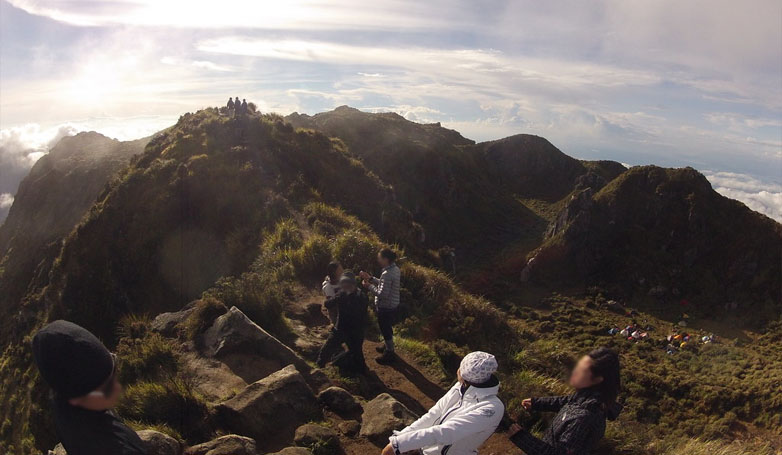
Don’t underestimate the terrain or the unique risks that come with exploring active volcanoes. Hiring experienced local guides not only boosts the local economy but also enhances your safety, as they possess invaluable knowledge about the trails, weather conditions, and volcanic activity.
Stay Alert – Keeping Up with Volcanic Activity Updates
Active volcanoes are inherently unpredictable. Stay informed about the latest activity updates, advisories, and warnings from the Philippine Institute of Volcanology and Seismology (PHIVOLCS) or other reliable sources before and during your trip.
Pack Smart – Essentials for a Volcanic Trek
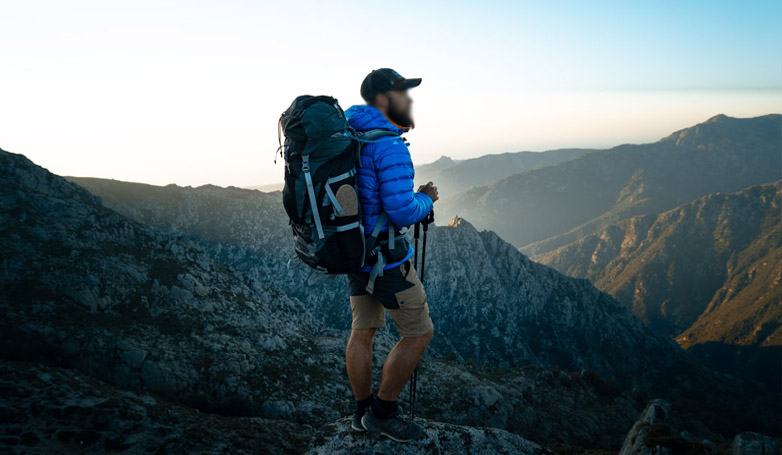
Adequate water, high-energy snacks, sun protection, rain gear, and a first-aid kit are some essentials that should be on every volcanic trekker’s checklist. Remember, the weather can change rapidly, so prepare for all conditions.
Leave No Trace – Eco-friendly Volcano Trekking
Respect the natural environment and practice eco-friendly trekking by following the “Leave No Trace” principles. Dispose of waste properly, minimize impact on flora and fauna, and be mindful of your ecological footprint.
Connect with the Culture – Understanding Local Customs
Mindanao is home to diverse indigenous communities with deep ties to the land and the volcanoes. Be open to learning about their culture, practices, and stories, which can enrich your visit and foster a deeper connection to the places you’re exploring.
Health and Fitness – Assess Your Physical Condition
Volcano trekking can be physically demanding. Assess your fitness level and consult with a doctor if necessary before tackling the arduous trails. It’s important to know your limits and plan your adventure accordingly.
Capture the Moment – Photography Etiquette

While photographing these spectacular landscapes, be aware of your surroundings and practice responsible photography. Avoid risky spots for that “perfect shot” and follow any guidelines provided by the authorities or your guide.
The Sizzling Summary – Mindanao’s Active Volcanoes as Nature’s Marvels
Mindanao’s volcanoes are breathtaking, each with its story and terrain. They’re nature’s powerful art, shaping the earth with fiery zeal. While stunning, they remind us to respect nature’s strength and prepare accordingly. These mountains offer awe-inspiring adventures for all who appreciate our world’s natural wonders. When visiting, walk gently, aware that a vibrant, fiery world rests below, ready to share its story. After exploring the volcanoes, you must try the Mindanao food delicacies.
FAQs About The Active Volcanoes in Mindanao
1. Can tourists visit the active volcanoes in Mindanao?
Many tourists visit the active volcanoes in Mindanao for various outdoor activities, including hiking and eco-tours. Access to areas close to the craters or specific zones within the volcanic range may be restricted during periods of heightened activity. It’s essential to check current activity levels and advisories from PHIVOLCS and local authorities before planning a visit.
2. What should people do in case of an eruption?
In case of an eruption, people should follow evacuation orders from local authorities, steer clear of designated danger zones, prepare an emergency kit, have a family communication plan, and stay informed through official channels about the status of the eruption.
3. Is Mount Hibok-Hibok being closely monitored for volcanic activity?
Yes, Mount Hibok-Hibok is closely monitored by PHIVOLCS. It is one of the more active volcanoes in the Philippines, and its activity is constantly tracked through a network of seismographs and other monitoring equipment.
4. Is Mount Apo currently showing signs of activity?
As of the last update, there are no significant signs of unrest reported for Mount Apo. However, the Philippine Institute of Volcanology and Seismology (PHIVOLCS) continuously monitors volcanoes and issues alerts if any abnormalities are detected.

